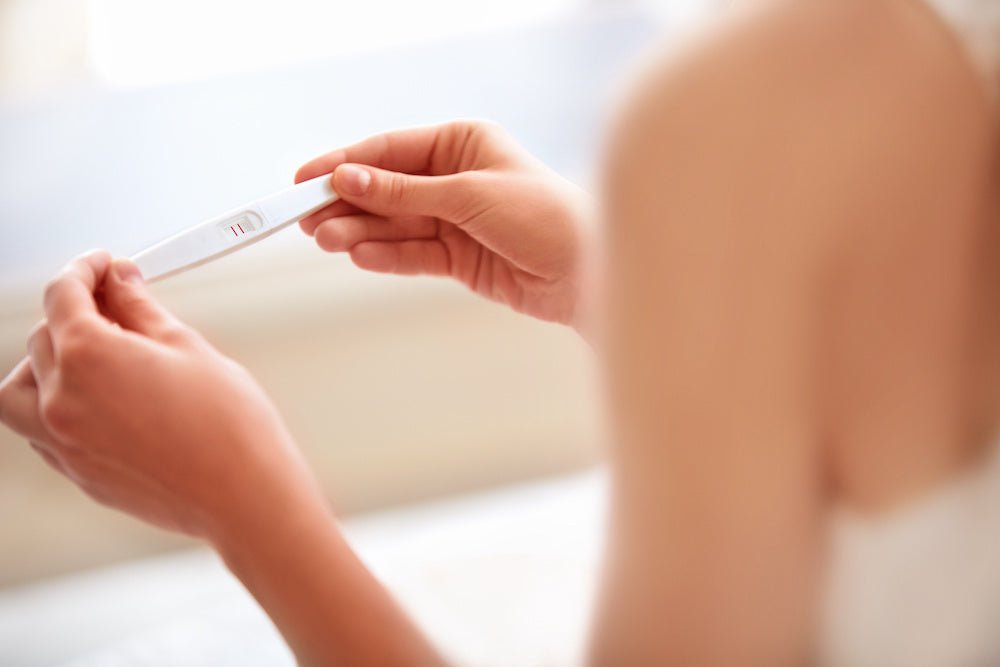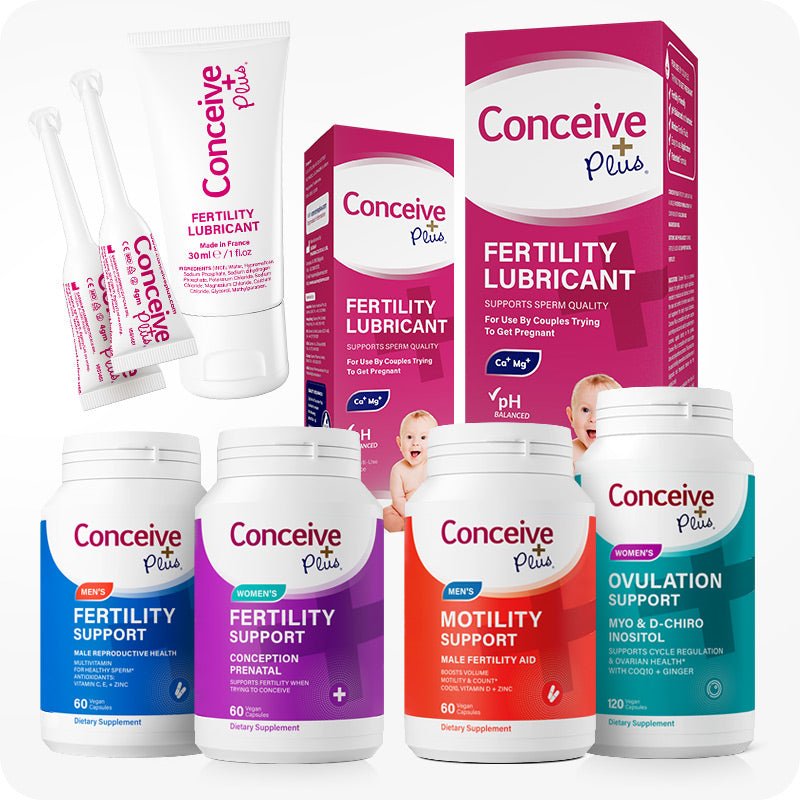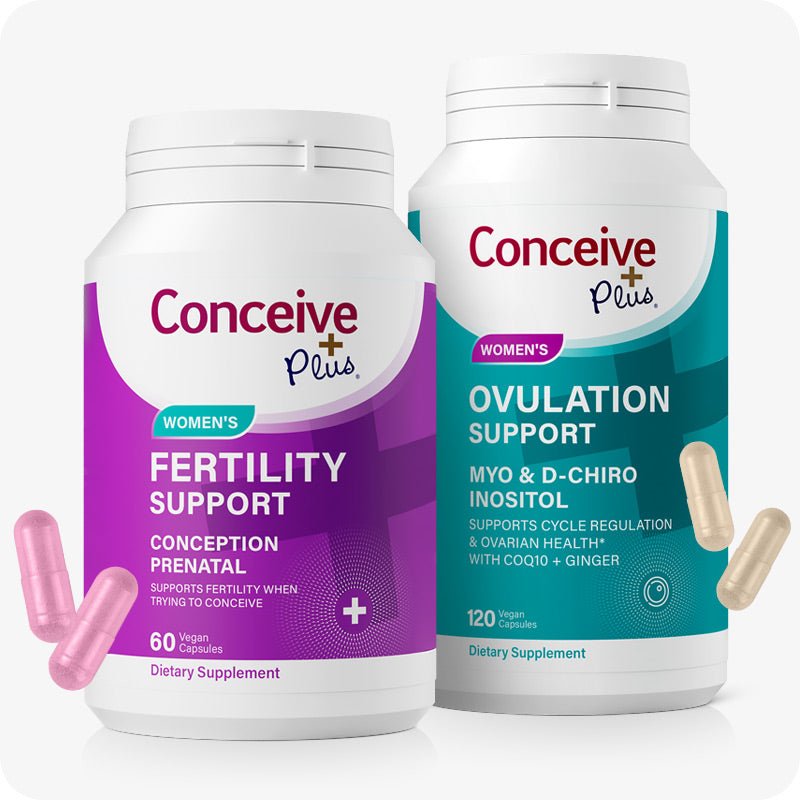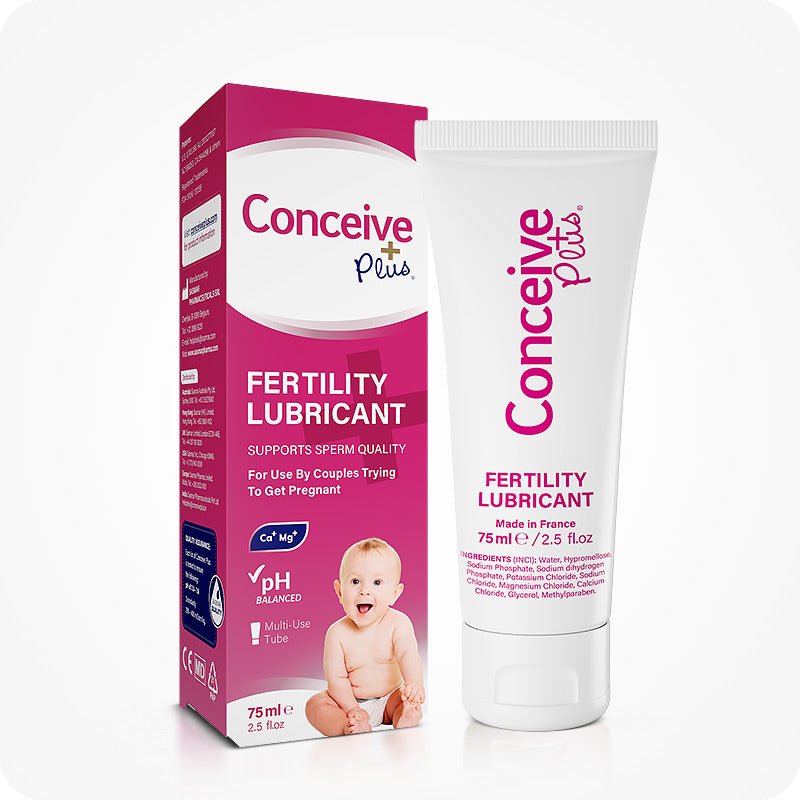10 DPO Pregnancy Test: Early Signs and What to Expect

If you’ve been trying to conceive, there’s hope, anticipation, and often, anxiety of what’s going to happen. For many women, the two-week wait between ovulation and the potential confirmation of pregnancy can feel like an eternity. Most of you prefer urine pregnancy tests at home that are 99% accurate.[1] However, the 10 Days Past Ovulation (DPO) mark is particularly significant as it's one of the earliest points at which a pregnancy test might show a positive result. In this article, we will shed some light on the common symptoms at 10 DPO. Read on to know the likelihood of getting an accurate result from a pregnancy test, and what it means if you’re experiencing cramps at this stage.
What is 10 DPO?
Ten days past ovulation, or 10 DPO, is a critical point in the luteal phase of your menstrual cycle. During ovulation, an egg is released from the ovary and travels down the fallopian tube, where it can be fertilized by sperm. If fertilization occurs, the egg becomes a zygote, which then implants itself into the lining of the uterus. This implantation typically happens between 6 and 12 days past ovulation. Therefore, by 10 DPO, some women may begin to experience early pregnancy symptoms, while others might notice signs indicating the approach of their period.
Common 10 DPO Symptoms
The body is in a state of flux during early stages of pregnancy, and it's common to experience a range of 10DPO symptoms.[2] However, it's important to remember that these symptoms can vary widely between women and even between different pregnancies.
- Cramps at 10 DPO: Many women report experiencing cramping at 10 DPO. These cramps can be similar to premenstrual cramps, making it difficult to distinguish between early pregnancy signs and an impending period. The cramps may be due to the uterus preparing for the potential implantation of a fertilized egg or the early stages of pregnancy.
- Slight Bleeding: Studies suggest that 25% of women experience slight bleeding or spotting in 6 to 12 days after conception.[3] This is lighter in color than usual menstrual blood and happens due to implantation of the fertilized egg.
- Fatigue: Hormonal changes, particularly the increase in progesterone, can cause fatigue and a general sense of tiredness. If you find yourself needing more rest than usual or struggling with energy levels, it could be a sign of early pregnancy.
- Breast Tenderness: Many women experience breast tenderness as a common 10dpo symptom. The breasts may feel fuller or more sensitive due to the hormonal changes associated with pregnancy.
- Mood Swings: Emotional fluctuations are common during the luteal phase due to hormonal shifts. You might find yourself more emotional or irritable than usual.
- Increased Basal Body Temperature (BBT): If you’re monitoring your BBT, you may notice that it remains elevated at 10 DPO.[4] A sustained increase in BBT after ovulation is often an early indicator of pregnancy.
Taking a Pregnancy Test at 10 DPO
One of the most pressing questions for women trying to conceive is whether they can take a pregnancy test at 10 DPO and get an accurate result. The short answer is yes, but with some conditions.
At 10 DPO, it’s possible to get a positive pregnancy test at 10 DPO. However, it’s important to understand that this result might not be definitive. The body only begins to produce human chorionic gonadotropin (hCG)[5], the hormone detected by pregnancy tests, after implantation occurs. For some women, implantation might happen as early as 6-7 DPO, which could make a 10 DPO pregnancy test positive. However, for others, implantation might not occur until closer to 12 DPO, making it too early for a pregnancy test to detect hCG.
If you choose to take a pregnancy test at 10 DPO, it’s recommended to use a sensitive test designed to detect lower levels of hCG. Even so, it’s crucial to follow the instructions carefully and be prepared for the possibility of a false negative. A negative result at this stage doesn’t necessarily mean you’re not pregnant; it might simply be too early to detect the hormone.
Cramping at 10 DPO: What Does It Mean?
Experiencing cramping at 10DPO can be confusing and stressful, especially if you're hoping for a positive pregnancy result. The cramps can be caused by several factors, and understanding them can help ease your mind.
Implantation Cramps
One possibility is that the cramps are due to implantation. When the fertilized egg attaches itself to the uterine lining, it can cause mild cramping. This type of cramping is usually short-lived and less intense than menstrual cramps.
Early Pregnancy Cramps
Even after implantation, some women experience mild cramping as the uterus begins to change and grow. This is a normal part of early pregnancy and isn’t usually a cause for concern.
Pre-Menstrual Cramps
It’s also possible that the cramps are a sign of an impending period. Pre-menstrual cramps can be similar to early pregnancy cramps, which is why it can be so difficult to tell the difference at 10 DPO.
If you’re experiencing cramps at 10 DPO, it’s essential to listen to your body and pay attention to other symptoms. If the cramps are severe or accompanied by bleeding, it’s advisable to contact your healthcare provider.
Dealing with Uncertainty
The 10 DPO mark is a challenging time because it sits in the middle of the two-week wait when hope and anxiety are at their peak. Whether you're experiencing symptoms or waiting for a 10 DPO pregnancy test positive, it’s natural to feel a range of emotions. Here are some tips to help manage the uncertainty:
- Stay Informed: Educating yourself about the process can help you feel more in control. Understanding what’s happening in your body at 10 DPO can provide some comfort and reduce anxiety.
- Practice Self-Care: Engage in activities that help you relax and stay grounded. Whether it’s taking a walk, practicing yoga, or reading a book, find ways to nurture your well-being during this waiting period.
- Talk About It: Sharing your thoughts and feelings with a trusted friend, partner, or online community can be incredibly helpful. You’re not alone in this., Connecting with others who are going through the same experience can provide support and encouragement.
Conclusion
A 10 DPO pregnancy test can offer the first glimpse into whether you’re pregnant, but it’s essential to approach it with patience and understanding. The symptoms you experience, such as 10 DPO cramps, can provide clues, but they’re not definitive. If you receive a positive result, it’s a reason to celebrate, but if it’s negative, remember that it might still be too early. Regardless of the outcome, being kind to yourself and staying hopeful are key during this emotional time.
For more informative posts on female and male fertility, keep following Conceive Plus. Also check out our range of fertility products here.
References-
- https://www.webmd.com/baby/pregnancy-tests
- https://www.womenshealth.gov/pregnancy/youre-pregnant-now-what/stages-pregnancy
- https://www.nichd.nih.gov/health/topics/pregnancy/conditioninfo/signs#f2
- https://www.mayoclinic.org/tests-procedures/basal-body-temperature/about/pac-20393026
- https://americanpregnancy.org/getting-pregnant/hcg-levels/













